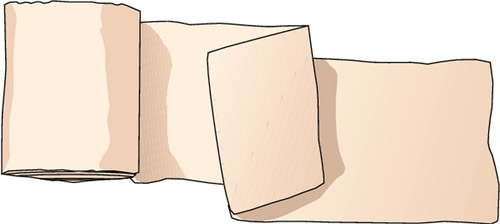PRICE it... No matter what the injury is typically the acronym PRICE is appropriate until further medical evaluation can be achieved. - P - Protection...keep the injured body part from getting hurt any more by using a splint or wrap. Refraining from playing is also a good way to protect it.
- R - Rest...rest what ever is injured, if it is your ankle try not to walk on it as much, if it is your wrist relax it on a pillow.
- I - Ice...put ice on the injury by using a bag of frozen vegetables or an ice pack - having a cloth layer (sheet/shirt/paper towel/regular towel) between your skin and the ice helps prevent frostbite. Only keep the ice on for 15 - 20 minutes then remove it for about 20-30 minutes to allow the body part to warm back up, then repeat for the first 24 - 72 hours.
- C - Compression...using an ACE wrap or compression sleeve wrap the area starting at the farthest point from the heart towards the heart (toes up or fingers to the elbow) covering all skin of the affect body part with even pressure. If it is too tight remove and rewrap. Do not shower with the wrap or use it while sleeping as it could interfere with blood circulation.
- E - Elevation ... elevate the injured body part above the heart if possible. Gravity is our friend and our enemy, if the body part is below the heart more blood will flow to the injury, if it is above the heart gravity will help keep fluids from building up therefore decreasing the amount of swelling.
|



